JavaScript is disabled. Many links and examples on this page need JavaScript enabled to work properly.
UNIFY: The Agreement App
The Freeeeeee App For Finding The Truth Together With Others In Disputes
Show Anyone You're Right On Any Topic
In 100 Rounds Of The App Or You Earn
$5,000!
(See More Info)
(You've Got To Be Right First, Of Course, But Details!)
The article below goes into moderately significant detail, specifying how UNIFY works. This version is an attempt at making the science interesting for you to read. If you would rather not read the technical yet interesting version, and you prefer to read the full technical description, then you can click here to do so.
The question, "Why?" turns out to be a really important question. It has big-time practical use in the real world when we're trying to change someone's mind on a topic. For example:
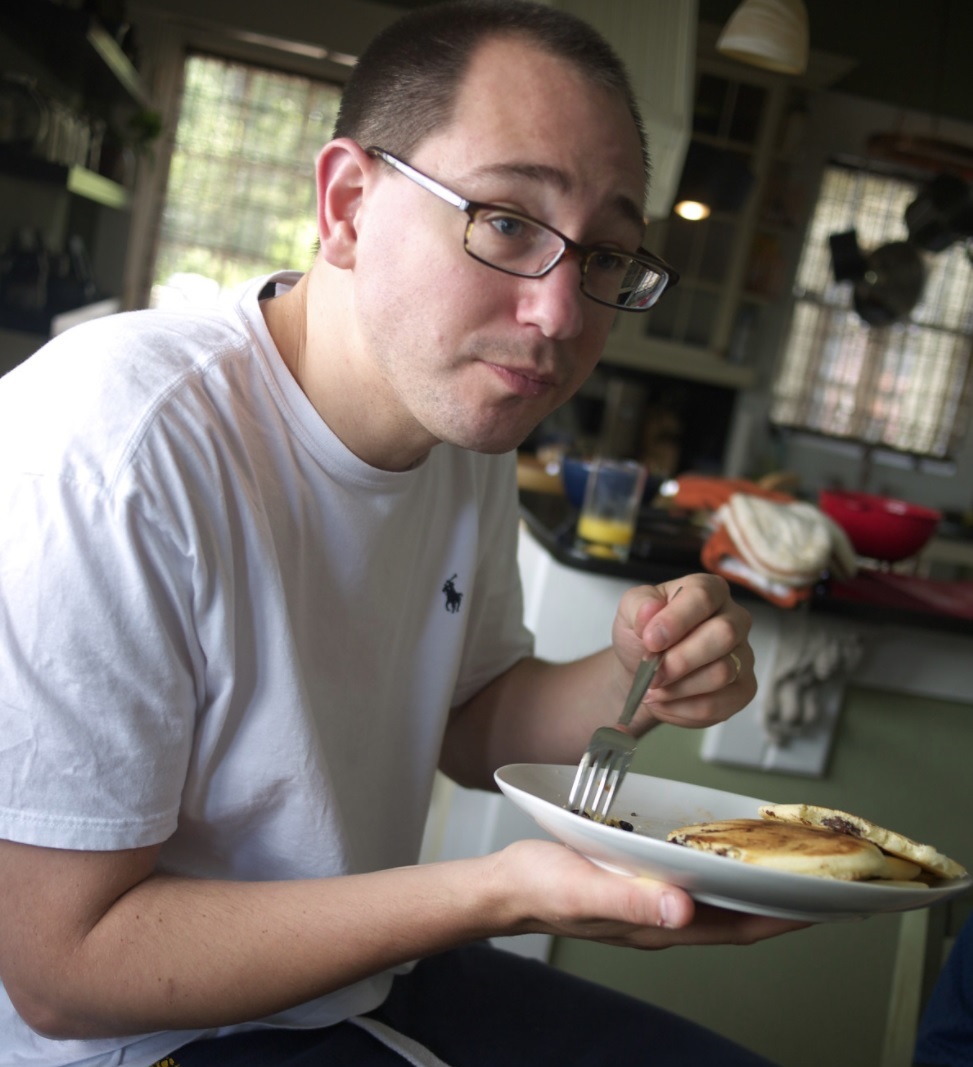
Special thanks to Barry Pousman from Flickr for photo contribution.
"You should be rushing around to get to
school!" Mom yells.
The kid twitches his eyebrow. "Why?"
"Because it’s 8am, Derek, not 7am!"
Mom then thinks to herself, "And if it’s 8am, not 7am, then you should be rushing around to get to school!"
Derek then realizes Mom is right, and starts shoveling down his pancakes at record pace.
Let's take a gander at Mom's example claim P0 in red above. When someone asks, "Why P0? Why should Derek be rushing around to get to school?", they're saying, "For this P0, find a P1 statement and an, 'If P1, then P0,' (P1→P0) statement in your brain, where P1 and P1→P0 (pronounced P1 implies P0) are both true for you." The claim P1 is then your reason why the claim P0 is true, and your P1→P0 claim is your warrant claim that makes P1 into the cause of P0 for you. In our real-life example with Mom and Derek above:
Our P0 original claim was:
"You should be rushing around to get to school!"
Our P1 reason why claim was:
"(Because) It’s 8am, Derek, not 7am!"
And our P1→P0
warrant claim connecting the reason claim and the
original claim was:
"(And) if it’s 8am, not 7am, then
you should be rushing around to get to school!"
What we've really done here by answering, "Why?" is: we've worked backwards to create a mini proof, a two-column kind just like you'd see in Logic or Geometry class, and it proves our original claim P0 right. The logical proof Mom answered why to make looks like this:
Proof 1:
| Step | Claim | Reason |
|---|---|---|
| 1 | P1: "It is 8am, not 7am." | Premise (Demonstrated) |
| 2 | P1→P0: "If it is 8am, not 7am, then you should be rushing around to get to school!" | Premise (Previously Agreed Upon) |
| 3 | P0: "You should be rushing around to get to school!" | Modus Ponens, Step 1 and 2 |
Hence proved.
All Mom had to do was demonstrate that it's 8am and not 7am, by having Derek check a clock or two ⏰, and Mom was able to show that she was right: Derek should be rushing around!
Notice that if anyone accepts P1 and P1→P0 from Proof 1 above, they will and must also accept P0. So as we can see, if you are asked, "Why P0?" and you, the answerer, have an answer, then you can work backwards to find a P1 and a P1→P0 that prove P0 in such a way, where if anyone accepts P1 and P1→P0, then they will and must accept P0 to be true.
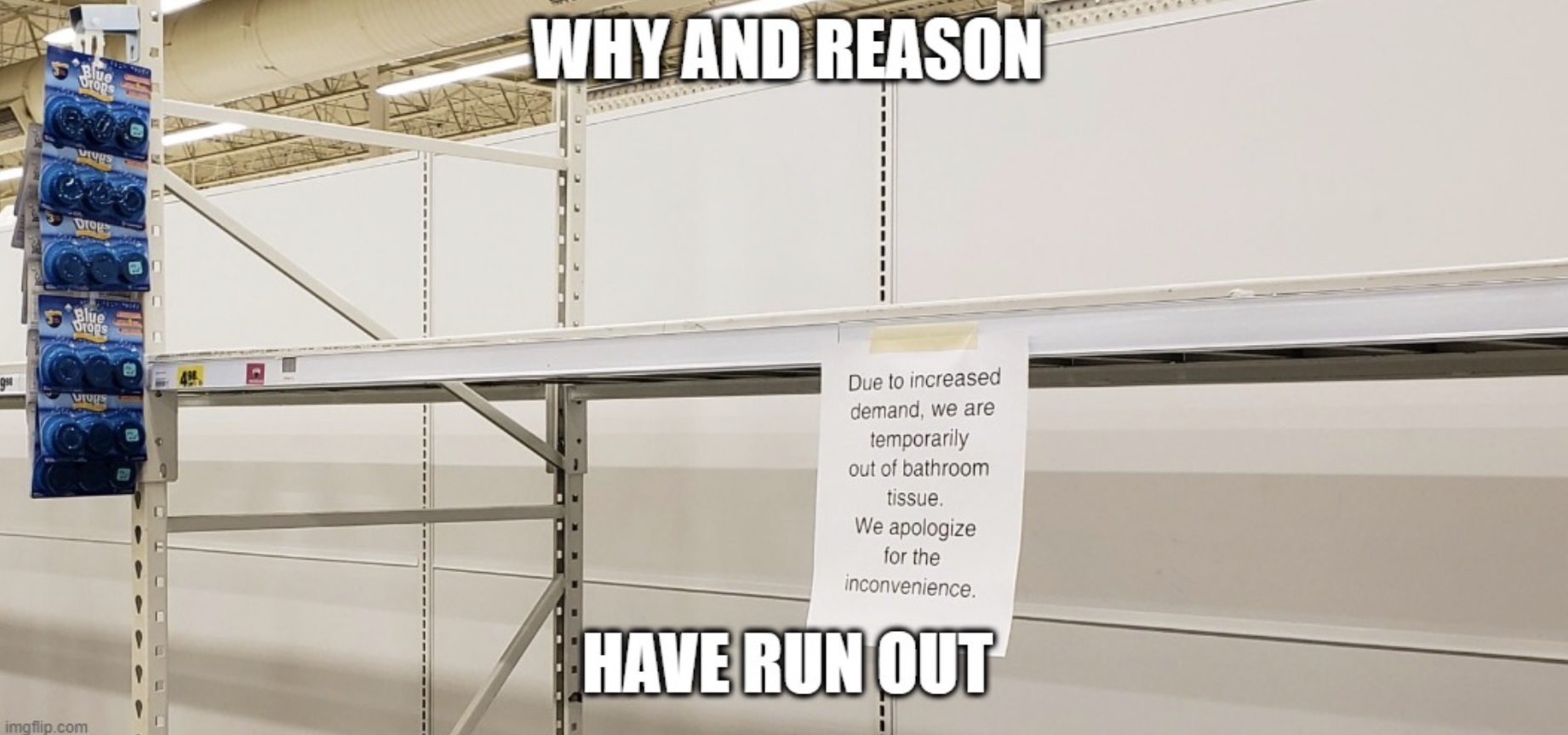
Special thanks to Wilson Hui from Flickr for photo contribution.
What happens if you are asked, "Why P0?" and you, the answerer, have no answer? This would happen if we plugged P1 in for P0 and someone asked us, "Why P1? Why is it 8am?" In this case, there isn't really a reason for it to be 8am, it just is, and we just know that it's 8am from our experience (checking the clock). As we can see from what time it is, seeing something to be the case through experience is how we believe something when we have no other reason for believing it. When we have no other reason like that, logic and reason ultimately rely on our senses. (Our senses are how we experience things). So if you as the answerer have no answer to, "Why P1?", then you've found that for you, your P1 is an Ultimate Premise. (Called an "UP" for short, pronounced like the word, "Up"!) It is an UP because you have no reason for holding it true, and you only hold it true because you've experienced it to be the case. If you only hold it true because you've personally experienced it, then your only way of showing it to the other person is to give them that experience, and have them experience it to be true, as well. Currently, demonstration is our only way to get the other person to also experience that UP. For that reason, if we have no answer to, "Why P1?", then we can and must prove our UP P1 to others through simple demonstration.
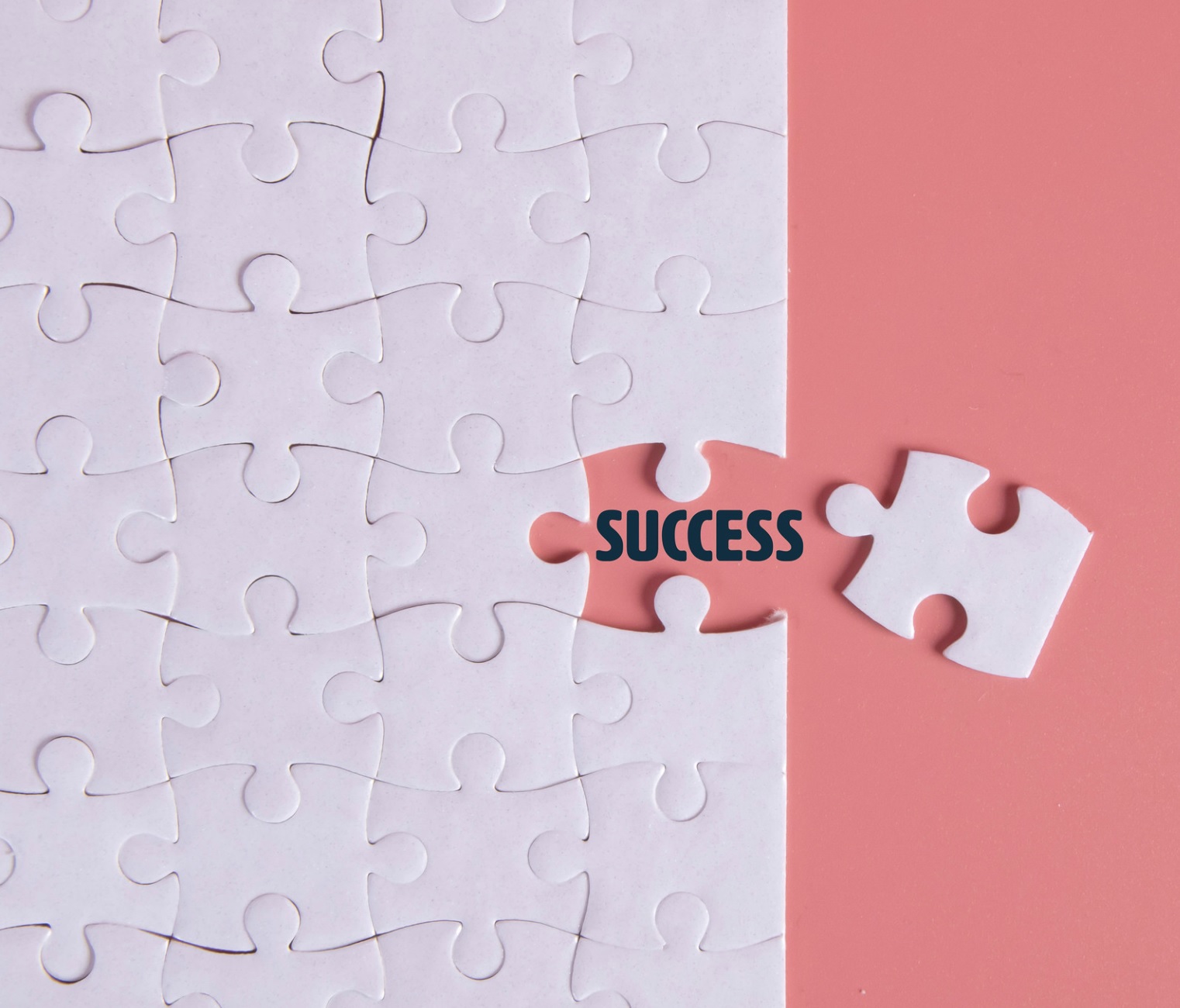
Special thanks to Marco Verch Professional from Flickr for photo contribution.
So, we end up employing one of three methods when going about trying to prove P0, P1, etc. (Call it Px.) Either:
Method 1: The "Nothing To Prove" Method
The other person already agrees with the Px we hold true, in which case there's nothing to prove.
OR
Method 2: The "Form A Small Why Proof" Method
The other person disagrees with the Px we hold true, and when asked,
"Why Px?", we
as the answerer have an answer.
In this case, our why answer yields a Py and a
Py→Px,
where the other person will and must accept Px as true if they accept
Py and
Py→Px as true.
OR
Method 3: The "Just Demonstrate It" Method
The other person disagrees with the Px we hold true, and when asked,
"Why Px?", we
as the answerer
only hold it true because we've experienced it to be the case. In this case, our only way to show the other person that
Px is true is through a simple demonstration, to get them
to experience Px to be the case for themselves as well. So, assuming we can conduct the simple demonstration,
then we do, and then they hold Px to be true, and we continue on our way.
Every time we hit a Method 1 or a Method 3 scenario, we end up reaching agreement (assuming we can conduct the Method 3 simple demonstration), and thus our journey ends in agreement. Every time we hit a Method 2 scenario, we express our Px claim in terms of two other claims, Py and Py→Px, where the other person will and must accept Px as true, if they accept Py and Py→Px as true.
So our small why proof that proves Px to someone else does us a ton of good if the other person accepts Py and Py→Px. But what if they don't accept both Py and Py→Px? Well, it turns out we can plug Py in for Px and prove that claim in the same way we proved Px, using Method 1, Method 2, or Method 3. And if Py→Px is the claim they don't agree with, we can plug Py→Px in for Px, and prove it in the same way.
So let's give it a try, continuing our Mom and Derek example:
Click Here To Start THE Example (JavaScript must be enabled for the example to work.)

Special thanks to Jans Canon from Flickr for photo contribution.
So THE Example shows us the simple process that we follow to prove our original P0: We answer why for P0. This generates two new premises. For each premise that gets generated, we leave the premise alone if the other player already agrees with it (using Method 1). If they don't agree, but we have no answer when we're asked why, then we also leave this premise alone, as we plan on simply demonstrating it later (using Method 3). If they don't agree, but we do have an answer when we're asked why, then we answer why on that premise, and we form another small why proof to prove that premise. This latest why-answering leaves us with two more premises. We then keep answering why on each new premise, where necessary. We keep answering why for about 15-30 why rounds or so, until every premise that we generated is either why-proven, or this paragraph instructed us to leave it alone.
If we do all that, like we did in THE Example above, then we'll find that we've set up our why proofs in a very special way: we have a bunch of small why proofs that form a chain. Our why proof chain then ultimately depends on a small handful of UPs.
In THE Example, Mom's
why proof chain depended on one UP and
on one Previously Agreed Upon Premise that she had to remind Derek of:
P1: It is 8am, not 7am. (The
UP)
AND
P5a: If Derek is late, then he's grounded!
(The Previously Agreed Upon Premise)
Now, the other person already holds our Previously Agreed Upon Premises true, they may just need to be informed or reminded. But what about the UPs? Well, if the other person holds all of our UPs true, then they will and must accept every claim in the chain.
Their acceptance will propagate all the way down to our
original P0 claim:
P0: Derek should be
rushing around to get to school!
And from THE Example's why proof Traversal, we can see that their acceptance will indeed propogate all the way down to P0. In other words, if the other person holds all of our UPs true, then they will and must hold our original P0 true: we have set up our why proofs in this special way for this very reason. So, assuming we are able to demonstrate all of our UPs, we will be able to prove any (right) P0 to any other person using this series of small why proofs that we've put together.
So, the question is, will we be able to carry out our simple demonstrations, and get the other person to accept our UPs? This comes down to a thought-provoking look into the senses and experiences 🤔
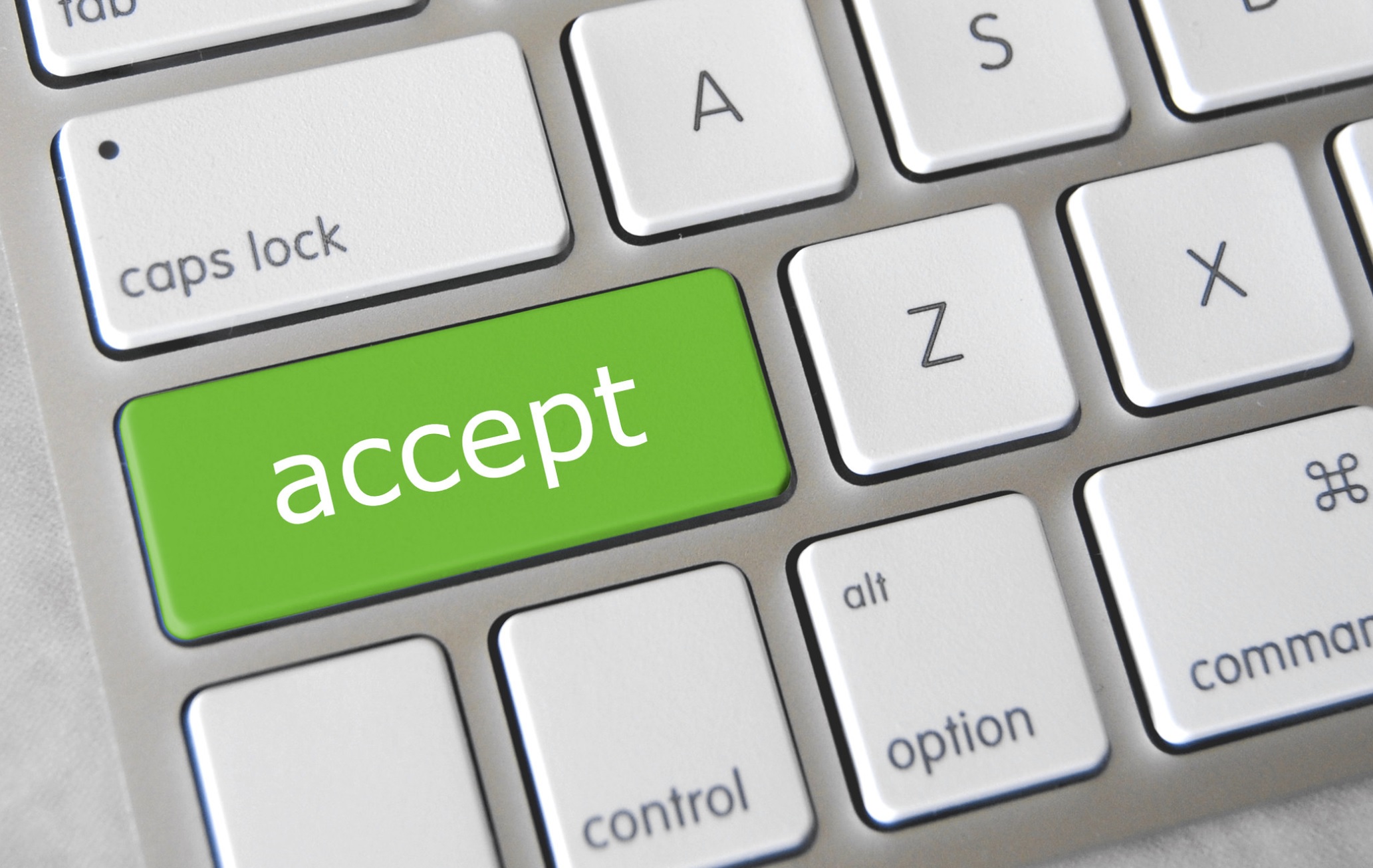
Special thanks to gotcredit.com from Flickr for photo contribution.
You see, our senses/experiences and logical reason are really the only two truth discernment tools we have. (We can experience that certain aspects of life are true, and we can form conclusions based on the things we've seen.) But as we've seen, after answering why enough, we eventually run out of reasons, and our reason chain runs out. After our reason chain runs out, our senses and experiences are all we have left!
So when discerning truth, there's really nothing else to rely on besides our senses and experiences. So naturally, we trust our senses and experiences more than anything else. For that reason, in the event of an apparent contradiction, where our senses are telling us something, in a firsthand account, that contradicts with our previously formed conclusions, then our firsthand account from our senses will take priority and win out, and we will accept that firsthand account to be true over our previously held beliefs. The account must be a firsthand account here, though. Any data from a secondhand account, like studies published by others, will not suffice here. An example would be: another person may trust even The President Of The United States that the rustle they see in the bushes over there is just the wind. They may be thoroughly convinced that the rustle is only the wind. But when the lion jumps out, and they see the lion with their own two eyes, their senses and experiences take priority and win out, over the existing conclusion they held. Seeing the lion was able to demonstrate what hours of explanation never could: that rustle in the bushes was, in fact, a lion, and not just the wind.
The bottom line is: we always accept what our senses are telling us: we accept what is personally experienced. In a firsthand account like this, we do not ignore data that is experienced personally. And as the lion example shows us, there are probably survival or evolutionary reasons why this is the case. But since these other people are experiencing our UP firsthand, these people WILL accept what their senses are directly telling them, they will not ignore the data that we have them experience firsthand in this way.
Again, with UPs, the only way to show the other person our UP, is to get them to experience the event personally, which is how we came to accept this UP as well. So these people will be experiencing the event firsthand, and they will accept what they experience through our simple demonstration. So... carrying out the demonstrations will get the other person to firsthand-experience each UP of ours, which they will then accept for these reasons. This will prove all of our UPs one by one.
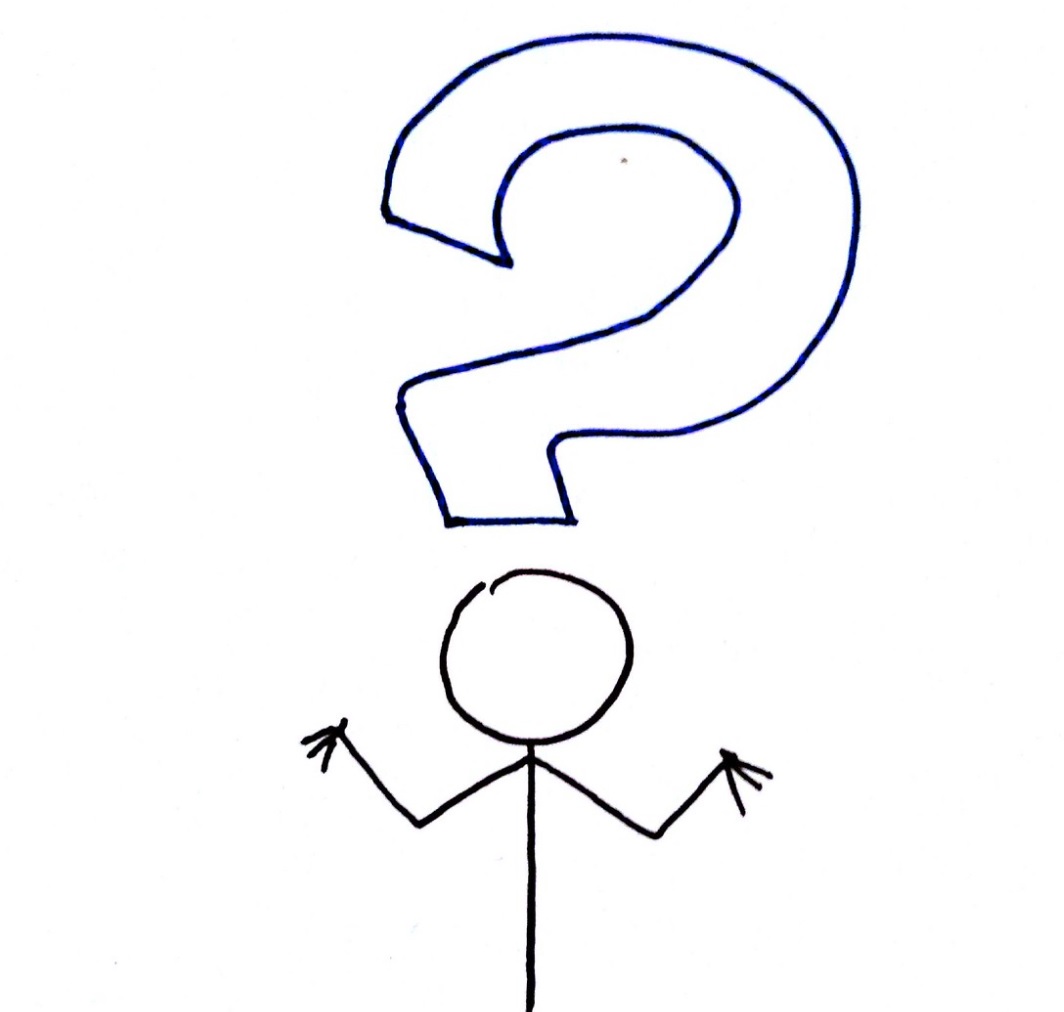
Special thanks to Tsahi Levent-Levi from Flickr for photo contribution.
Again, we have set up our series of why proofs in that special way, where if they accept all of our UPs as true, then they will and must accept our original P0 as true. And now we have carried out each UP demonstration one by one, and they now accept all of our UPs. So we have proved our original P0 true, for any right P0. So, any right P0 that you can fit in a sentence becomes provable using this proof method. This series of small why proofs can prove that your (right) claim is right, no matter what that (right) claim is.
What happens, though, if we set up a why proof chain and we turned out wrong? What would that look like? Well, it turns out that the other player, the more right player of the two ("The Right Player"), would just be able to why-prove or simply demonstrate at least one of the other player's ("The Wrong Player's") UPs false. You can see more details if you're curious, but the bottom line is: no matter who answers why to form the why proofs, The Right Player ends up able to correct The Wrong Player about the original viewpoint claim, no matter what P0 claim is originally chosen. And this goes for any viewpoint claim P0.
With UNIFY, both players can easily express why they hold their P0 viewpoint claim, and UNIFY helps the players form and organize their why proofs. That way, no matter which player answers why and forms why proofs, The Right Player is able to show The Wrong Player that they're right. And this goes for any P0 viewpoint claim that the players originally choose.
UNIFY: The Agreement App
The Freeeeeee App For Finding The Truth Together With Others In Disputes
Show Anyone You're Right On Any Topic
In 100 Rounds Of The App Or You Earn
$5,000!
(See More Info)
(You've Got To Be Right First, Of Course, But Details!)
Let's play!